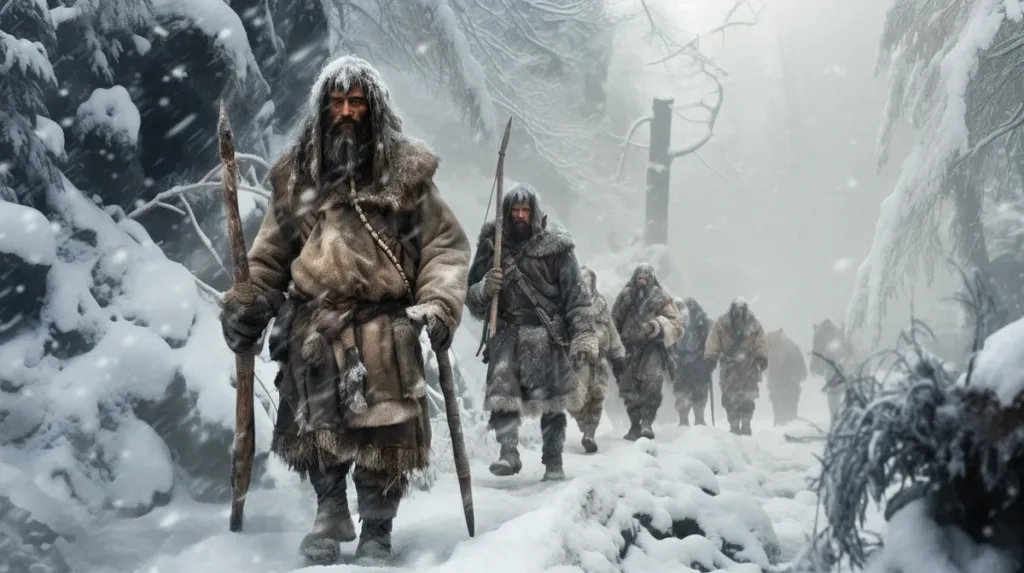While the world’s population has hovered around 1,300 for over 100,000 years, about 1 million years ago humans were on the verge of extinction, according to a new study. The researchers added that this imminent extinction call may have played an important role in the evolution of modern humans and their closest known extinct relatives, the Neanderthals and the enigmatic Denisovans.
Previous studies had shown that modern humans emerged in Africa about 300,000 years ago. Much remains unclear about how the human lineage evolved before modern humans emerged, as there are very few fossils from that period.
To learn more about the era of modern human evolution, the scientists analyzed the genomes of more than 3,150 individuals from the 10 African and 40 non-African populations. They have developed a new analytical tool that allows to determine the size of the ancestral group of modern humans by examining the diversity of their descendants’ genetic sequences.
Genetic data show that between 813,000 and 930,000 years ago, the ancestors of modern humans faced a serious bottleneck and lost about 98.7% of their population.
“Our ancestors had such a serious population problem for a very long time that they were in great danger of extinction” Study co-author Wanjie Hu, of the Icahn School of Medicine at Mount Sinai in New York, said:
According to the researchers, the human population consisted of about 1,280 individuals for about 117,000 years.
This demographic crisis coincided with severe cooling that led to the emergence of glaciers, reductions in ocean surface temperatures and possibly prolonged droughts in Africa and Eurasia, the scientists said. Scientists still don’t know how this climate change might have affected humans because human fossils and artifacts were relatively rare at that time, probably due to the very low population.
Also read – Scientists discover an unprecedented form of oxygen
Previous research had shown that the last common ancestor of modern humans, Neanderthals and Denisovans, lived around 765,000 to 550,000 years ago, around the same time as the rediscovered bottleneck. This suggests that the near-total extinction was potentially somehow related to the evolution of the last common ancestor of modern humans, the Neanderthals and Denisovans.
Stringer explained that if this last common ancestor lived during or shortly after the bottleneck, the bottleneck may have played a role in splitting ancient human groups into modern humans, Neanderthals, and Denisovans. For example, he said he may have segmented humans into small individual groups, and then the differences between those groups might have been large enough to separate the survivors into separate populations—modern humans, Neanderthals, and Denisovans.
Additionally, previous studies had shown that about 900,000 to 740,000 years ago, two ancient chromosomes fused to form what is known as chromosome 2 in modern humans. Coinciding with a bottleneck, the researchers said, these new results suggest that the near-total extinction of humans may have something to do with this major change in the human genome.
“Since Neanderthals and Denisovans shared this fusion with us, it must have happened before our lineages diverged.”said Stringer. Future research could apply this new analytical method to “other genomic data, such as Neanderthal and Denisovan data.”said Stringer. This may indicate whether they are facing the same serious bottlenecks. Source













